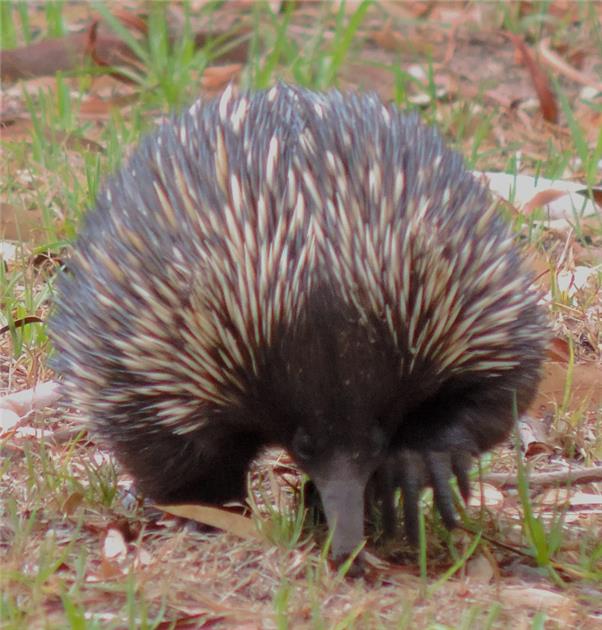'Nearly 100,000 monkeys were used in the 1950s to develop the polio vaccine. Before that, millions of people worldwide, mostly children, were infected with polio every year. Around 10% died and many were left crippled.
Now, thanks to the vaccine, polio is almost eradicated.'
So writes Trichur Vidyasagar, Professor, Department of Optometry and Vision Sciences and Melbourne Neuroscience Institute, University of Melbourne in an article that looks at what has been achieved - and the associated cost in animal lives, by using animals in medical research: theconversation.com/we-migh...
Understanding how CLL develops and CLL drug development are reliant on the 'mouse model', the use of mice with compromised immune systems, so that transplants of the parts of the human immune system can be studied in mice. Rituximab, the successful CD20 monoclonal antibody that dramatically improved CLL treatment success when combined with chemotherapy drugs, is colloquially termed mouse juice because part of the molecule derives from mouse protein. (For some history on the development of Rituximab and its fully human protein replacement Obinutuzumab or Gazyva, read Dr Brian Koffman's blog regarding his interview with Dr Jennifer Brown at ASH 2013:
bkoffman.blogspot.com.au/20... )
So the least we can do is remember and be thankful for the lives of laboratory animals when we are being treated for our CLL.
Neil
Photo: Australian Echidna (spiny anteater) from the monotreme order of egg-laying mammals, wandering around looking for food in a nearby parkland.
